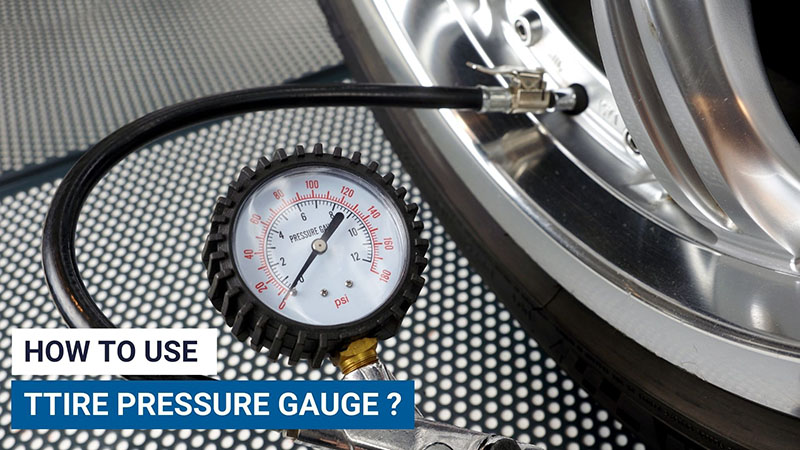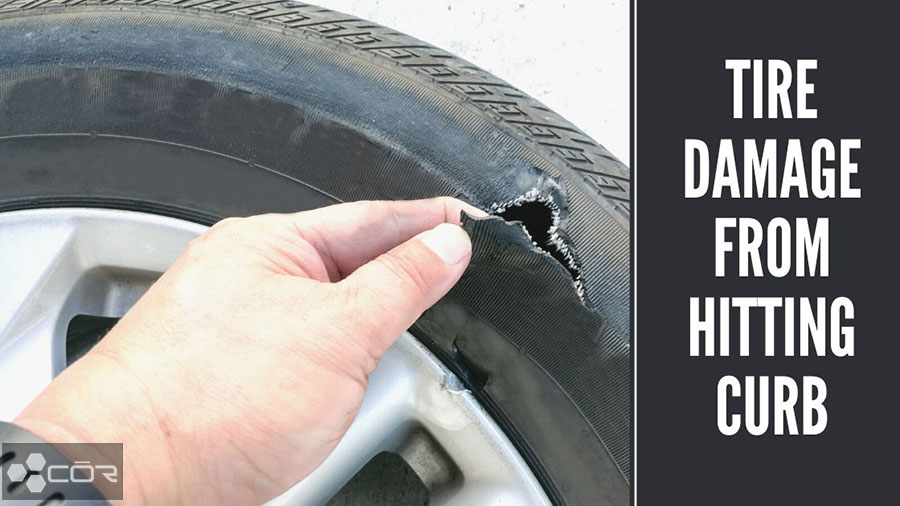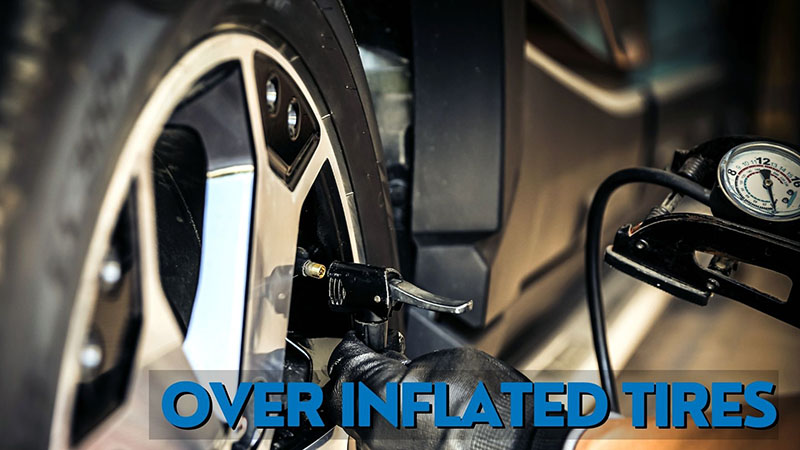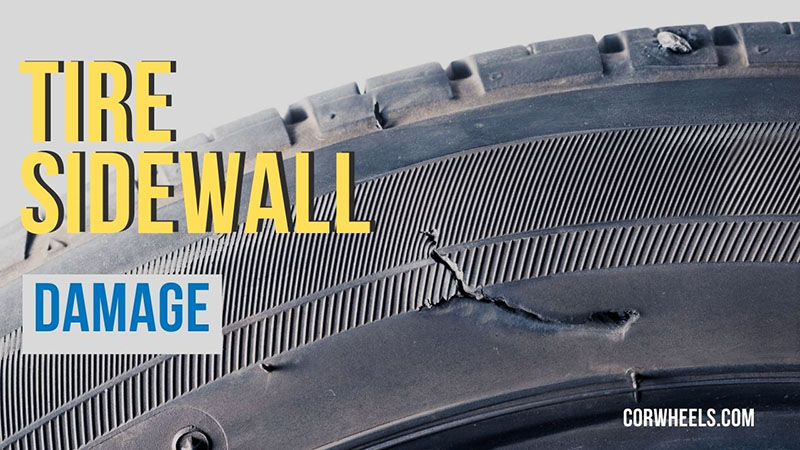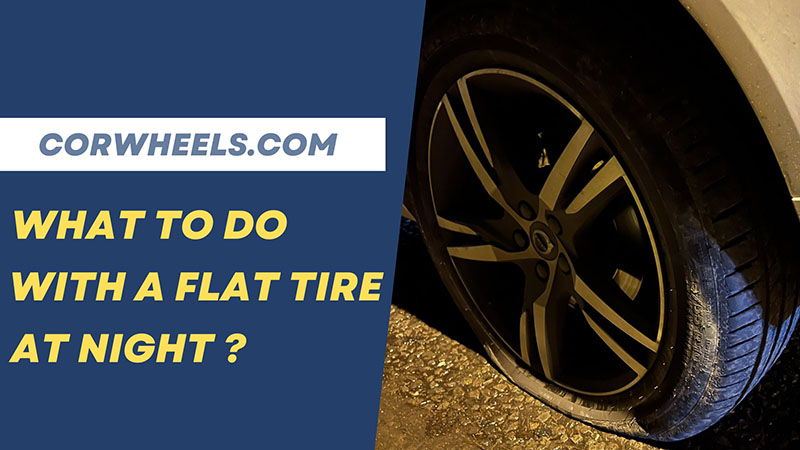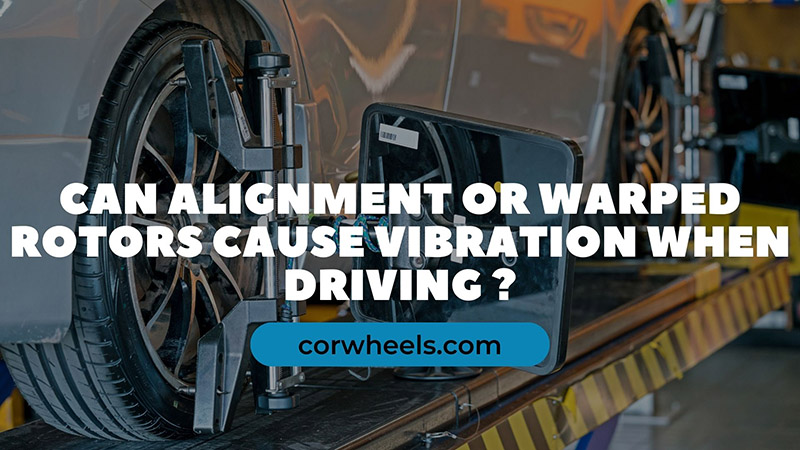Maintaining proper tire pressure is among the critical tips to ensure a smooth and danger-free driving trip. Yet, beginner drivers tend to skim over this issue altogether; some are at an utter loss regarding how to read tire pressure gauge.
This inclusive guideline will surely lift your confusion. Keep scrolling for more.
In this article:
How to Use A Tire Pressure Gauge?
Step One. Inspect The Recommended PSI In Your Manual
Before taking out the pressure gauge, there is one thing to do first: confirm the brand’s recommended PSI. As many drivers tend to let such information slip off their minds, double-checking the instruction is, thus, highly recommended.
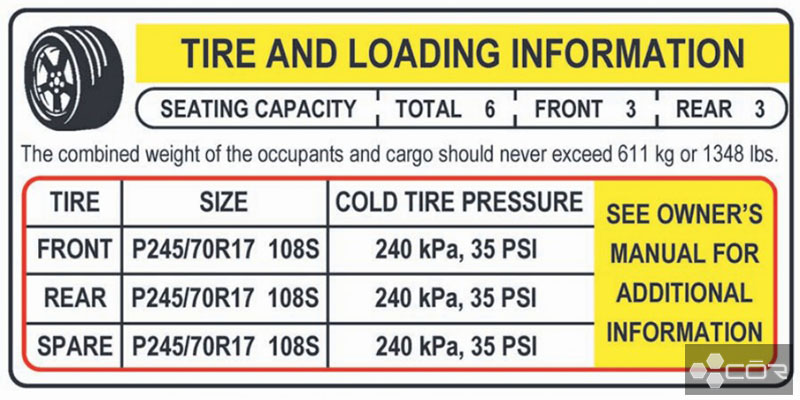
Tire/loading information is usually mentioned in the driver’s manual. If you lose yours, I suggest checking the console’s interior, fuel cap, trunk lid, or the vehicle’s side door.
Scan through them to find two digits (ex: 35) and PSI (pound per square inch): these letters and numbers represent the recommended internal air pressure.
Step Two. Find Your Tire Valve, Then Pull Off The Cap
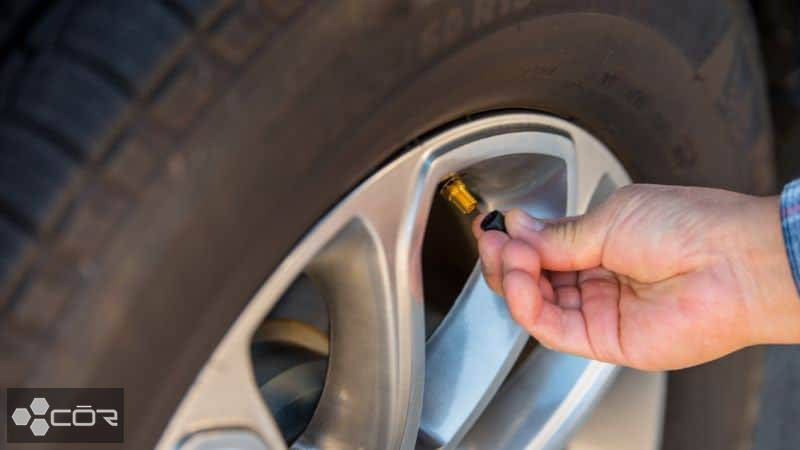
Each car tire has a small valve to deflate or inflate the tires (depending on your current PSI). It is a short, black 1-inch tube with threaded caps – commonly located within the rubber wheels and protruding through the hubcap gap.
Once locating the valve, remove its cap; that way, the gauge can snugly slot in the valve’s head. As this device is small (and hence, easily gets lost), remember to put it somewhere accessible for later retrieval.
Step Three. Press The Pressure Gauge Onto Your Tire Valve
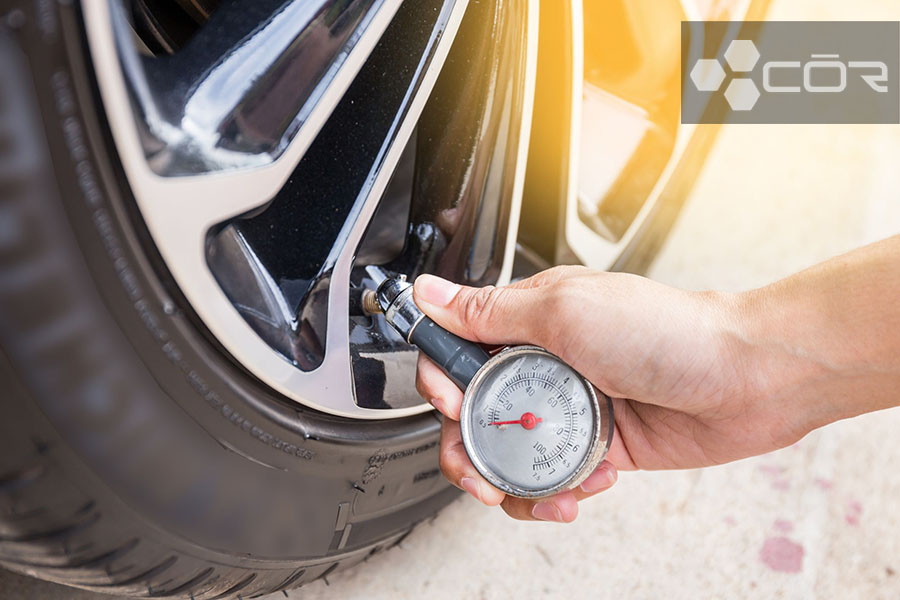
After removing the cap, push your gauge down to the valves.
Each valve contains spring-loaded cores that seal automatically via the tire’s air pressure. Pressing your gauge hard will open the valves to the tire’s internal pressure; in these fleeting seconds, the gauge will act as both a temporary seal and a PSI measurement.
Step Four. Check The Accurate Readings Of The Pressure Gauge
Hold the gauge firmly against your valve stems to guarantee no air can circulate off the rubber. If there are any hissing sounds, adjust the gauge’s inside angle until they become silent; that way, the tire pressure readings would be more accurate and not influenced by escaping airflow.
To confirm the readings, simply check out the slide rulers (for manual gauges), dial (dial gauge), or digital screens (digital tire pressure gauges). These displaying platforms showcase the current PSI in your car.
Step Five. Adjust The Tires to Your Recommended PSI
Repeat the above steps for the other three tires and jot down their respective measurements; otherwise, you will forget and likely have to perform the test again.
For tires whose current pressure is too high (overinflated), drain some of its air by pressing the gauge against an angled valve. Check the PSI every 2-3 minutes to avoid draining more than necessary. Stop immediately when you reach the correct pressure level.
Likewise, for too-low pressure, consider connecting the tire to air compressors and inflating it. Once you are done, use the gauge for a second check to verify the tires are at the proper pressure level now.
Should I Check My Air Pressure Hot or Cold?
It would be best to carry out your pressure checks – and the subsequent inflation/deflation, if any – when the car tires stay cold. Or, in simpler terms, they haven’t been running for more than 2 hours or a mile.
Otherwise, excessive heat from recent driving will expand the tire’s rubber and cause its PSI to increase, leading to inaccurate readings that show higher numbers than the actual measurements.
On the contrary, cold tires haven’t yet heated up, reducing misreading risks and giving you a more precise result.
How Often Should I Check Tire Pressure?
A monthly basis will be ideal. Unlike other car measurements, tire pressures are highly unstable: excessive driving, rugged terrains, changing temperatures, and more contribute to the rise and fall of the PSI.
Failure to keep a close eye on them will invite unwanted collisions and even fatal accidents before you know it.
Also, give the tires one last look before you embark on long trips or travel through regions with drastic temperature extremes. Bring inflators and gauges with you all the time to perform pressure adjustments if necessary.
Is It Safe to Drive On An Underinflated or Overinflated Tire?
No. Both scenarios (overinflated and underinflated tires) pose severe compromising risks to the car’s braking ability, stability, and handling. Accident risks are always around the horizon.
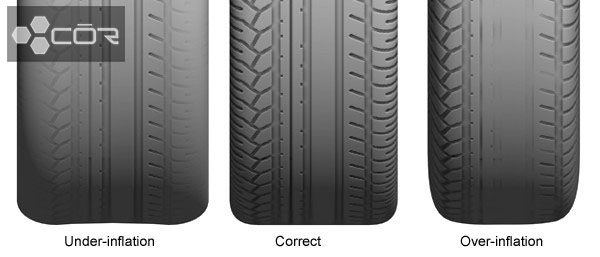
More specifically, underinflated tires might lead to:
- Overheating issues
- Tread separation, tire failure/blowout
- Premature wear, bad fuel economy, poor handling
- Higher flexing rates for the rubber materials – which deteriorate its life
Meanwhile, driving on overinflated tires may:
- Reduce traction and control in slippery or wet conditions
- Expanding pressure destroys the tire’s center, leading to shorter shell life and uneven tread depth
FAQs
Is Cheap Tire Pressure Gauges Accurate?
Yes. Most standard gauges are cheap ($5 to $15). There is no need to spend a fortune on an exorbitant digital gauge.
Can Tire Pressure Gauges Be Wrong?
Yes, though that might be hard to tell. My all-time tip is to use two different gauges and compare their results. A small gap (only 1 to 2 PSI of difference) means they are still well-functioning.
Conclusion
Checking tire pressure should be done once a month for your safety, and luckily, it’s easy to do with a gauge. Keep in mind other extra tips to keep inaccurate measurements at bay, and write to me if you want more help.

